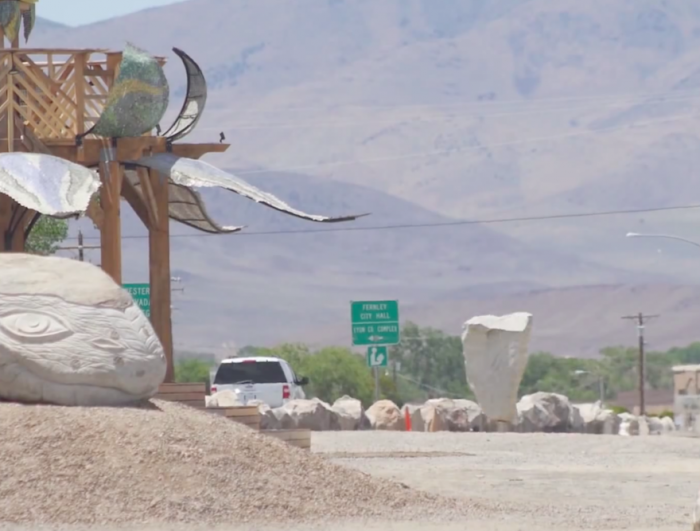What began as an impulse one afternoon in 1986 with the burning of an effigy on San Francisco beach, has turned into the biggest interactive art exhibition in the world. Harvey remembers that first burn on the beach and how the fire compelled all the people there that day to gather and watch, and how this blossomed into the idea for the Burning Man Festival.
Originally it was just a group of freethinkers from California, but there are now Burning Man communities on five continents and nearly 70 000 “burners” attended the flagship festival in August last year. Large numbers of tech designers from Silicon Valley attend. In fact, the first Google doodle was produced in 1998 when the (then small) staff of Google went to Burning Man: it was effectively an out-of-office sign.
Burning Man takes place in the Nevada desert, on a dry lake that becomes Black Rock City. For the duration of the festival the desert location becomes a pseudo-town with named roads, neighbourhoods, daily newspapers and radio stations. Constituting the temporary town are the guiding principles of Burning Man: radical self-expression, self-reliance, participation and, central to its culture, decommodification.
For every artist in attendance, the desert landscape is a blank canvas onto which they can project their wildest imaginations during the weekend-long experiential festival. But no artist in Black Rock City has ever signed an artwork. One of the aims is to move art from the position of commodified object to an interactive, shared creative experience. Many of the pieces go up in flames during the course of the festival. However, over the last decade a number of the artworks have been finding new homes in urban settings.

















